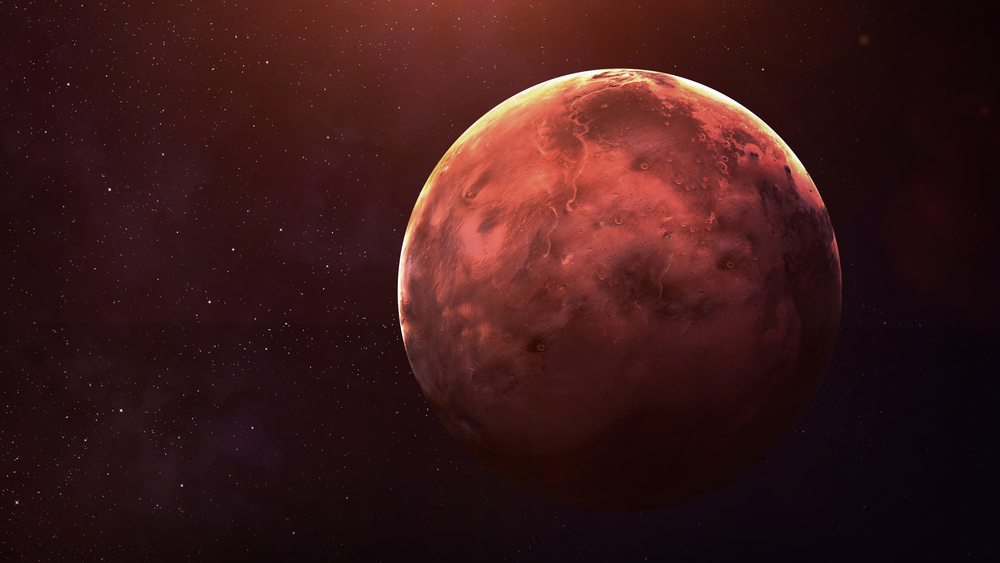Discover the Mysteries: 5 Fascinating Facts About Mercury

Mercury, often overshadowed by its more famous planetary neighbors, is a world of extremes and enigmas. As the closest planet to the Sun, Mercury endures some of the most extreme temperature fluctuations in our solar system, making it a subject of great interest for astronomers and planetary scientists alike. Understanding Mercury not only provides insights into the formation and evolution of our solar system but also helps us grasp planetary processes that may apply to other celestial bodies.
In this blog, we will unveil five fascinating facts about Mercury that highlight its unique physical characteristics, orbit, and the mysteries that continue to intrigue scientists. We will explore Mercury’s extreme temperatures, its unusual elliptical orbit, the composition and features of its rocky surface, the intriguing aspects of its magnetosphere and magnetic field, and the various exploration missions that have broadened our understanding of this enigmatic planet.
Join us on a journey to discover the mysteries of Mercury and appreciate the complexities of the smallest planet in our solar system.
Fact 1: Mercury’s Extreme Temperatures
When it comes to temperature fluctuations, Mercury’s environment is unrivalled in its extremity. Because it lacks a significant atmosphere to retain heat, Mercury experiences a drastic range of temperatures between day and night. During the day, surface temperatures can soar to a scorching 430°C (800°F) but plummet to an icy -180°C (-290°F) at night.
In comparison, Earth’s atmospheric blanket moderates temperature variations, generally ranging from -50°C to 50°C across different regions and times. These extreme temperature swings on Mercury have a profound impact on the planet’s surface and atmosphere. The intense heat during the day can cause rocks to expand, while the freezing temperatures at night result in contraction, leading to the potential for the surface to crack and erode over time.
Furthermore, the absence of a dense atmosphere means that Mercury does not have weather patterns or wind to distribute heat, resulting in dramatic temperature differentials between its sunlit and shadowed regions. Understanding these temperature dynamics is crucial for planning future exploration missions that must endure these harsh conditions.
Fact 2: Mercury’s Unusual Orbit
Mercury’s orbit stands out as one of the most eccentric orbits of all the planets in our solar system. Unlike Earth’s relatively circular path around the Sun, Mercury follows a highly elliptical orbit, which causes significant variations in its distance from the Sun at different points in its orbit. This elliptical orbit has a profound effect on the planet’s rotation and revolution.
Mercury rotates on its axis very slowly, completing one rotation every 58.6 Earth days. Coupled with its 88-day orbit around the Sun, this results in a fascinating phenomenon: a single day on Mercury (from one sunrise to the next) lasts approximately 176 Earth days. This means that Mercury experiences extraordinarily long days and nights compared to Earth.
The slow rotation, combined with the planet’s elliptical orbit, leads to unique diurnal cycles where the Sun appears to rise briefly, set, and then rise again before finally remaining in the sky for an extended period. These prolonged periods of daylight and darkness create an environment that is both challenging and intriguing for scientists aiming to understand the complex dynamics of Mercury’s celestial mechanics.
Fact 3: Surface Composition and Features
Mercury’s surface is a testament to its tumultuous history and dynamic geological processes. Dominated by a rocky landscape, Mercury exhibits a myriad of unique characteristics that set it apart from other terrestrial planets. One of the most striking features of Mercury’s surface is its extensive coverage of craters, resulting from billions of years of asteroid and comet impacts. Among these, the Caloris Basin stands out as one of the largest impact structures in the solar system.
Additionally, the planet is etched with ridges and cliffs, known as lobate scarps, which are believed to have formed as Mercury’s core and mantle cooled and contracted, causing the crust to buckle. Plains, both smooth and rugged, fill in the spaces between these dramatic features, offering insights into Mercury’s volcanic past. Perhaps most intriguing is the discovery of water ice in permanently shadowed craters at the planet’s poles.
Despite Mercury’s proximity to the Sun and extreme surface temperatures, these shadowed regions are cold enough to trap and preserve water ice, providing a tantalising clue about the planet’s geological and possibly hydrological history. These discoveries continue to reveal the complexities of Mercury’s surface and offer exciting avenues for future exploration.
Fact 4: Magnetosphere and Magnetic Field
Mercury’s magnetosphere and magnetic field present one of the planet’s most intriguing mysteries. Unlike most terrestrial planets, Mercury has a global magnetic field, which is about 1% as strong as Earth’s. Scientists believe that Mercury’s magnetic field is generated by a partially liquid iron core, similar to the geodynamo process believed to generate Earth’s magnetic field.
However, Mercury’s weak field is offset from the planet’s center, leading to an asymmetrical magnetosphere. This magnetosphere serves as a protective shield, deflecting and interacting with solar wind particles. On Earth, the magnetosphere is essential for protecting the surface from harmful solar radiation and maintaining our planet’s atmosphere.
In contrast, Mercury’s relatively weak magnetic field offers limited protection, allowing the solar wind to directly impinge on its surface, which may contribute to the loss of volatile compounds. Understanding Mercury’s magnetic field and its interactions with the solar wind not only provides insights into planetary magnetism but also aids in comprehending how such fields can influence planetary environments across the solar system.
Fact 5: Exploration Missions
The journey to uncover Mercury’s secrets has been marked by several significant exploration missions. The first spacecraft to visit Mercury was NASA’s Mariner 10, which flew by the planet three times between 1974 and 1975, providing the first close-up images of its surface and discovering its magnetic field.
Decades later, NASA’s MESSENGER orbited Mercury from 2011 to 2015, delivering detailed maps, revealing the planet’s topography, and identifying water ice in permanently shadowed craters.
Currently, the ESA-JAXA joint mission BepiColombo, launched in 2018, is en route to Mercury with an expected arrival in 2025. BepiColombo aims to build on previous discoveries by studying Mercury’s magnetic field, magnetosphere, interior structure, and surface composition with greater precision.
Future plans for Mercury exploration continue to evolve, with scientists contemplating missions that could involve landers or probes to further investigate the planet’s extreme environment and geological history.
These missions not only expand our understanding of Mercury but also contribute broadly to planetary science and the processes that shape rocky planets.
Conclusion
In summary, our journey through Mercury’s intriguing aspects has unveiled five fascinating facts that underscore the planet’s unique characteristics. We explored Mercury’s eccentric orbit, which leads to long days and nights and creates a dynamic solar experience on the planet. We delved into its surface composition, marked by vast craters, ridges, and even water ice in shadowed craters, revealing a glimpse of its volcanic and hydrological history.
The planet’s magnetosphere and magnetic field, generated by a partially liquid iron core, offer insights into planetary magnetism and its interactions with solar wind. We also highlighted the significant past and ongoing exploration missions, such as Mariner 10, MESSENGER, and BepiColombo, which continue to deepen our understanding of this enigmatic planet.
The significance of continued research and exploration cannot be overstated. Each mission to Mercury enriches our knowledge not only of the planet itself but also of the broader processes that shape all rocky planets, including Earth. By understanding Mercury’s magnetic field, surface features, and environmental conditions, we gain valuable data that could inform future missions and even our comprehension of other celestial bodies in the solar system.
As we continue to explore the mysteries of Mercury, it’s essential to stay curious and inspired. The universe holds countless secrets, and our quest to uncover them has only just begun. Keep your sense of wonder alive, and remember that every new discovery brings us one step closer to understanding the intricate tapestry of our solar system. Stay curious, keep exploring, and join us in this exciting journey of cosmic discovery.




